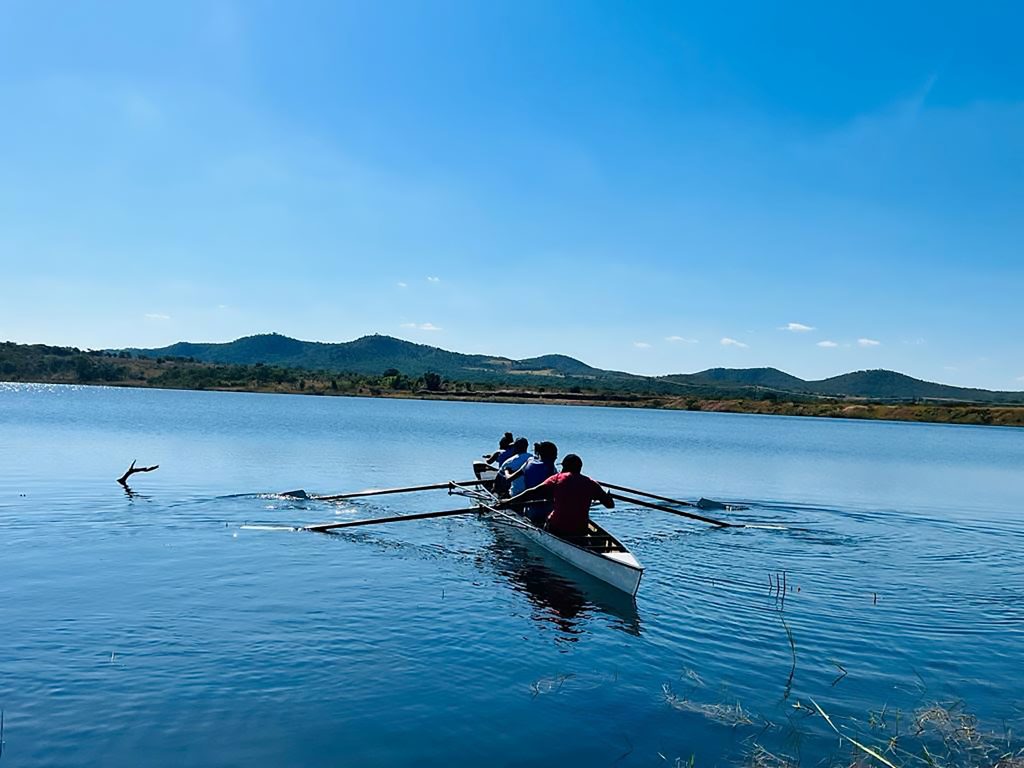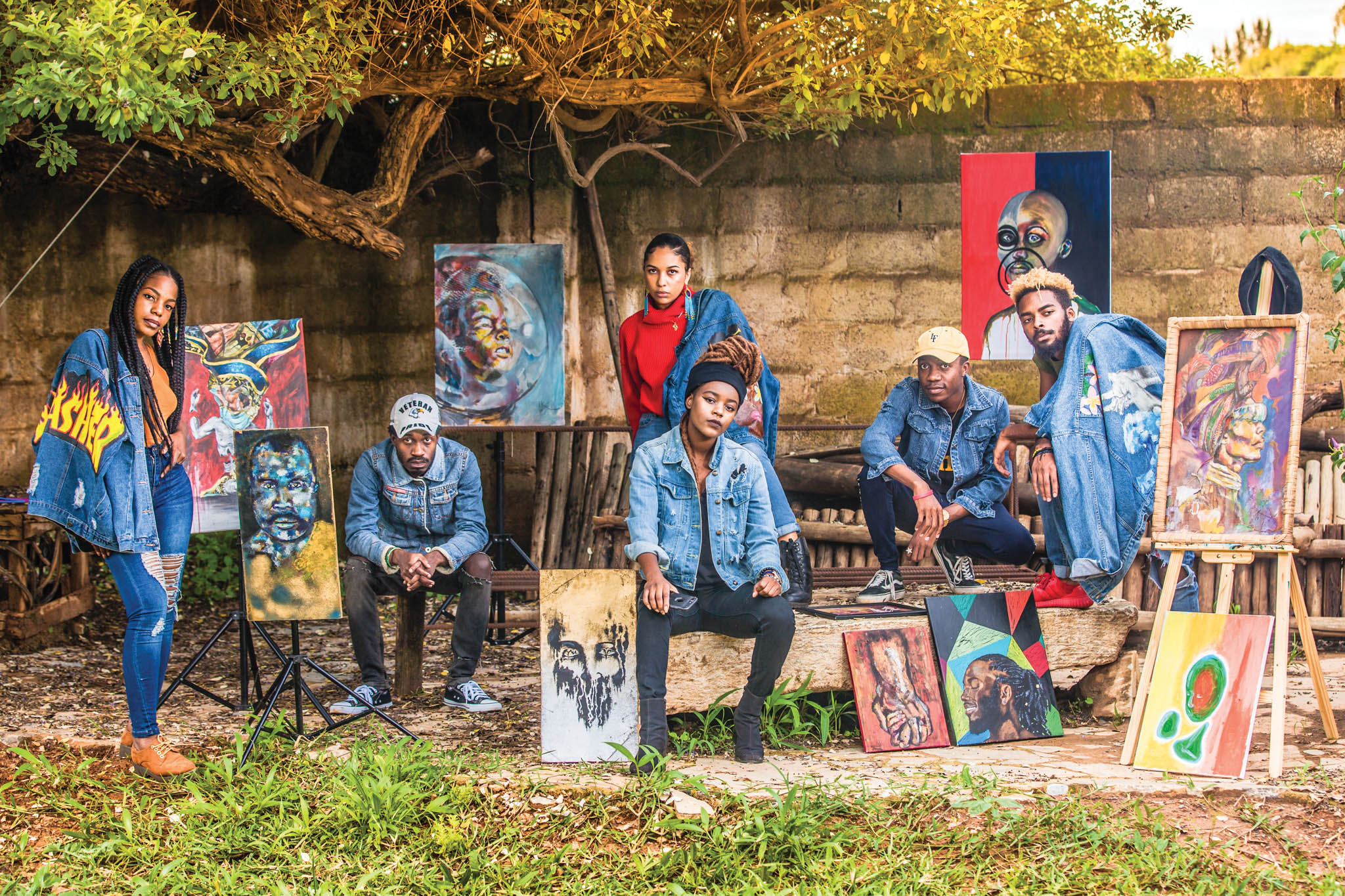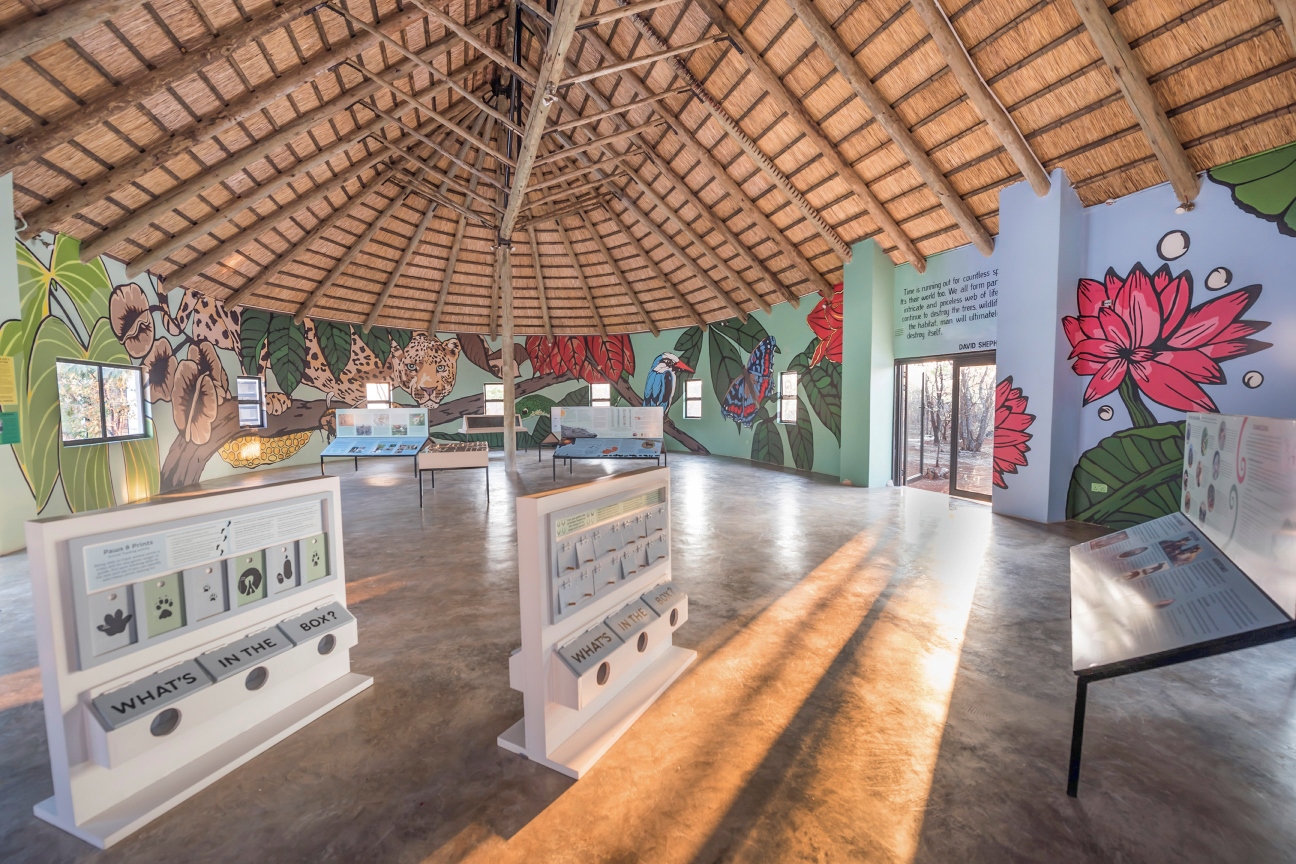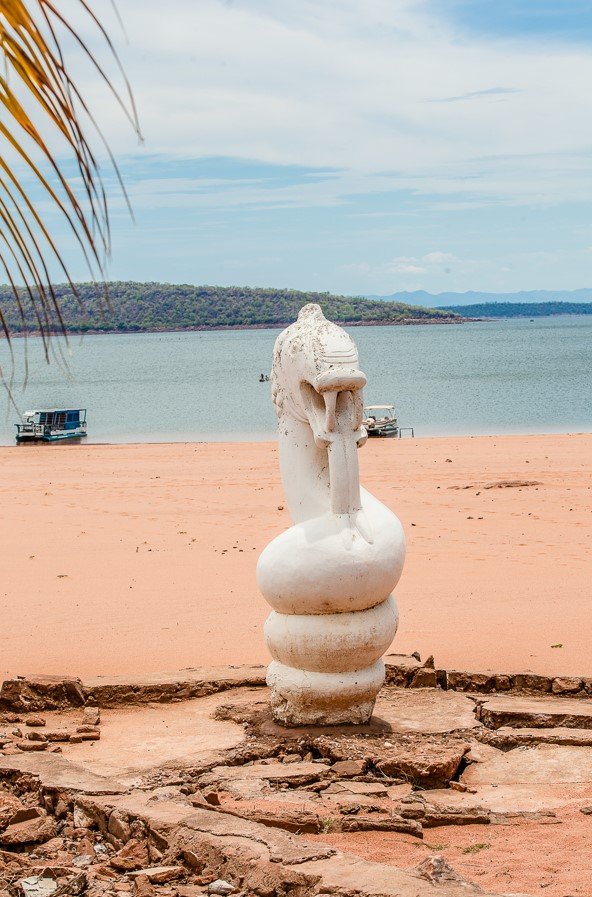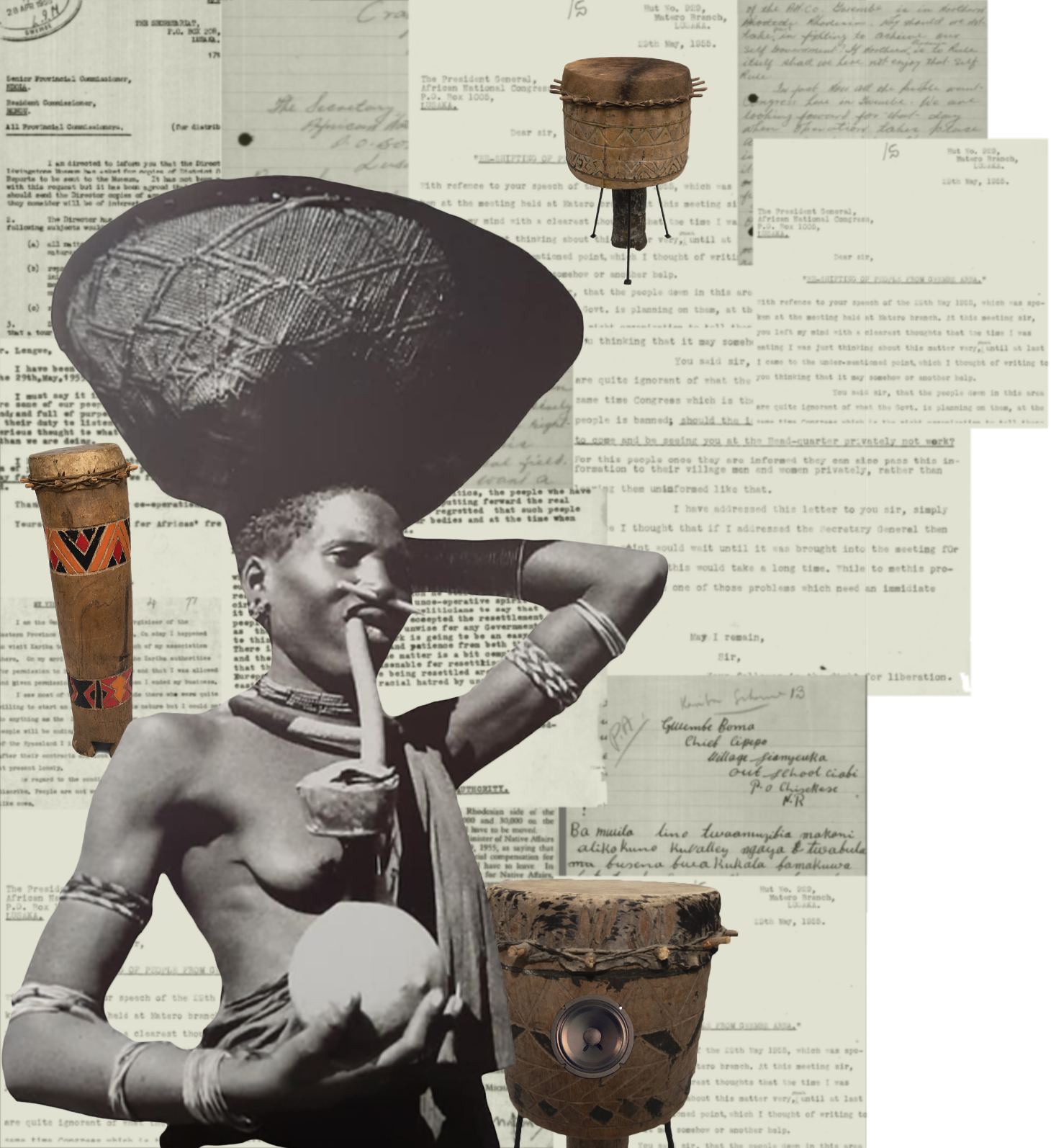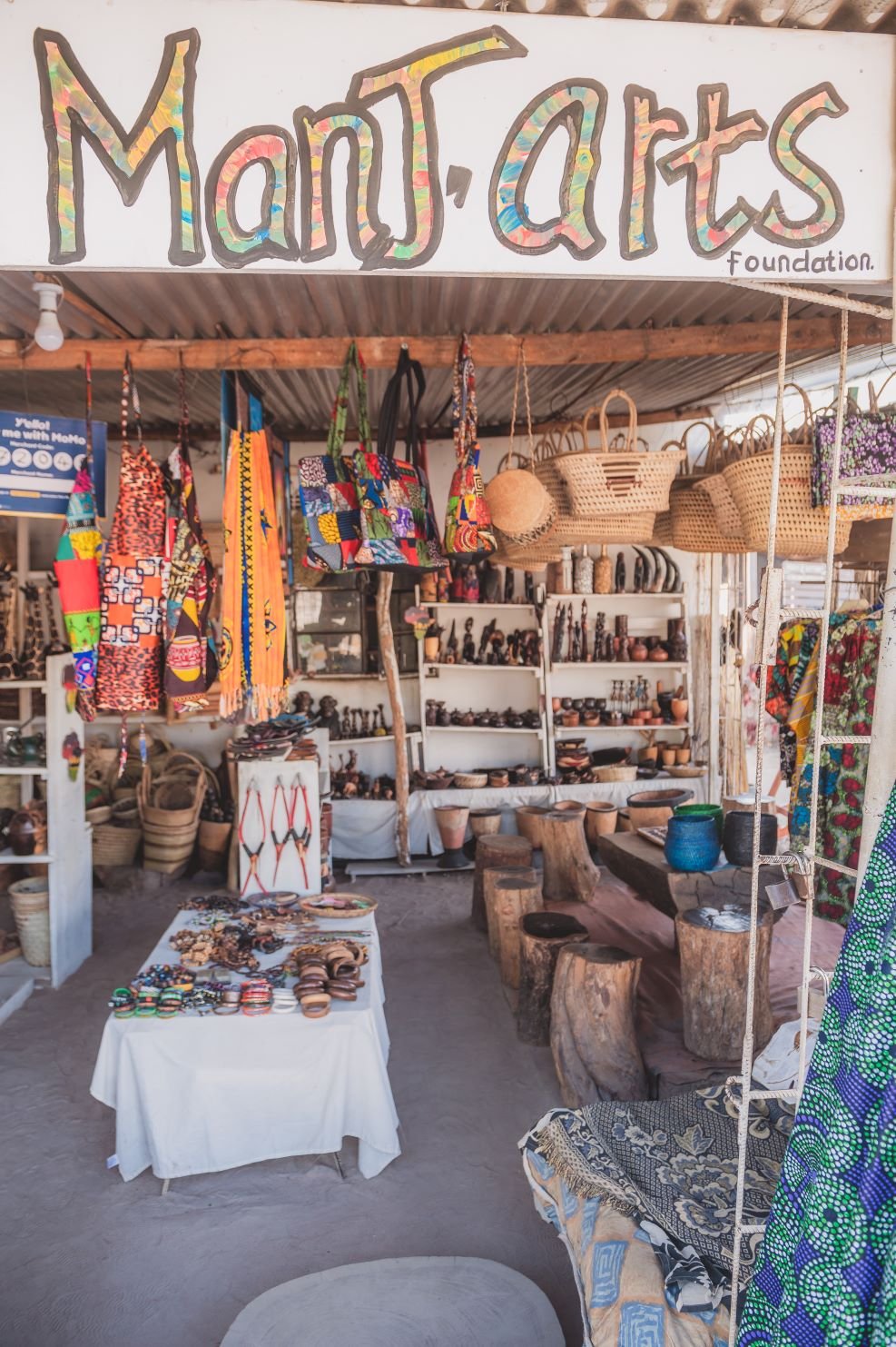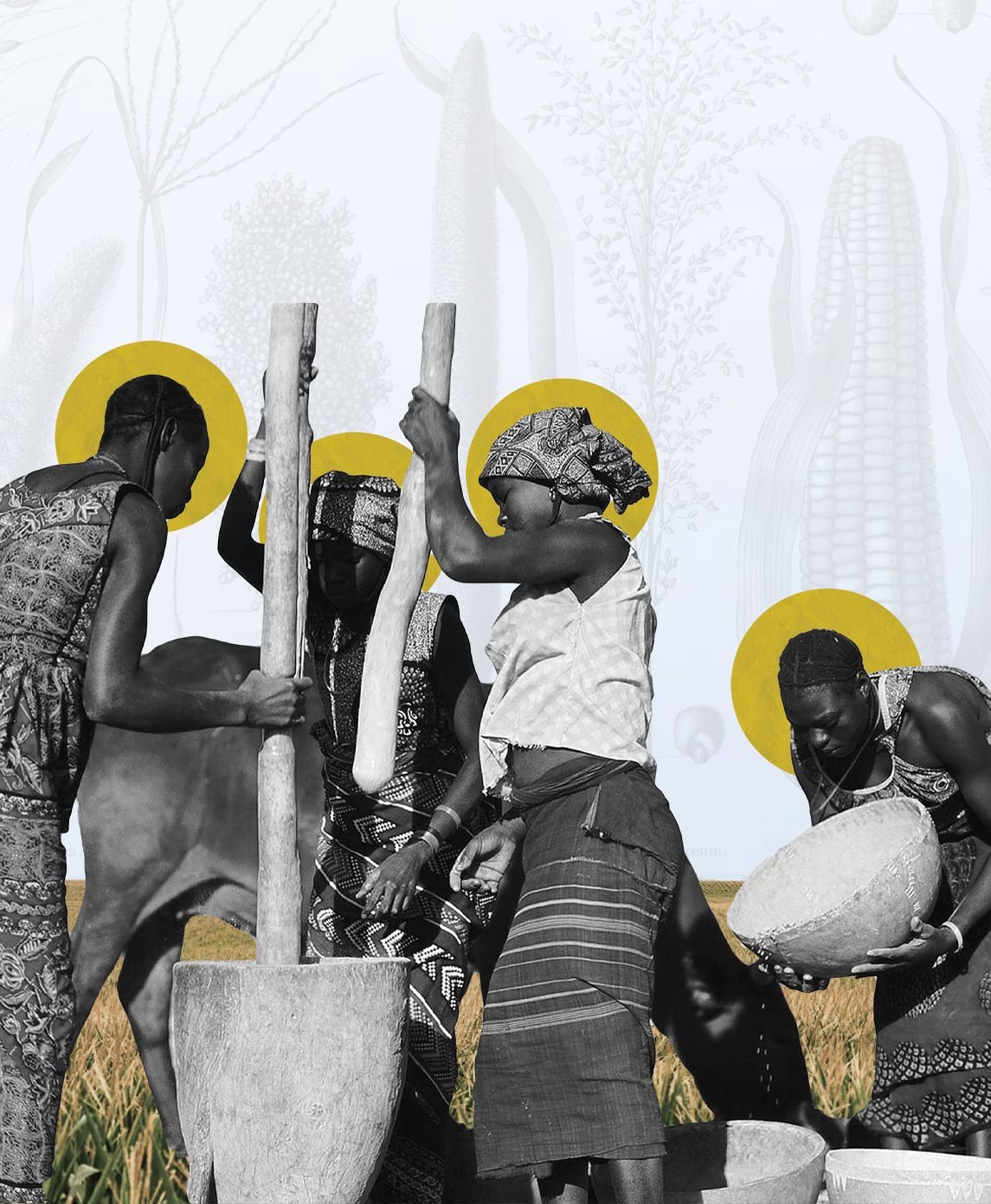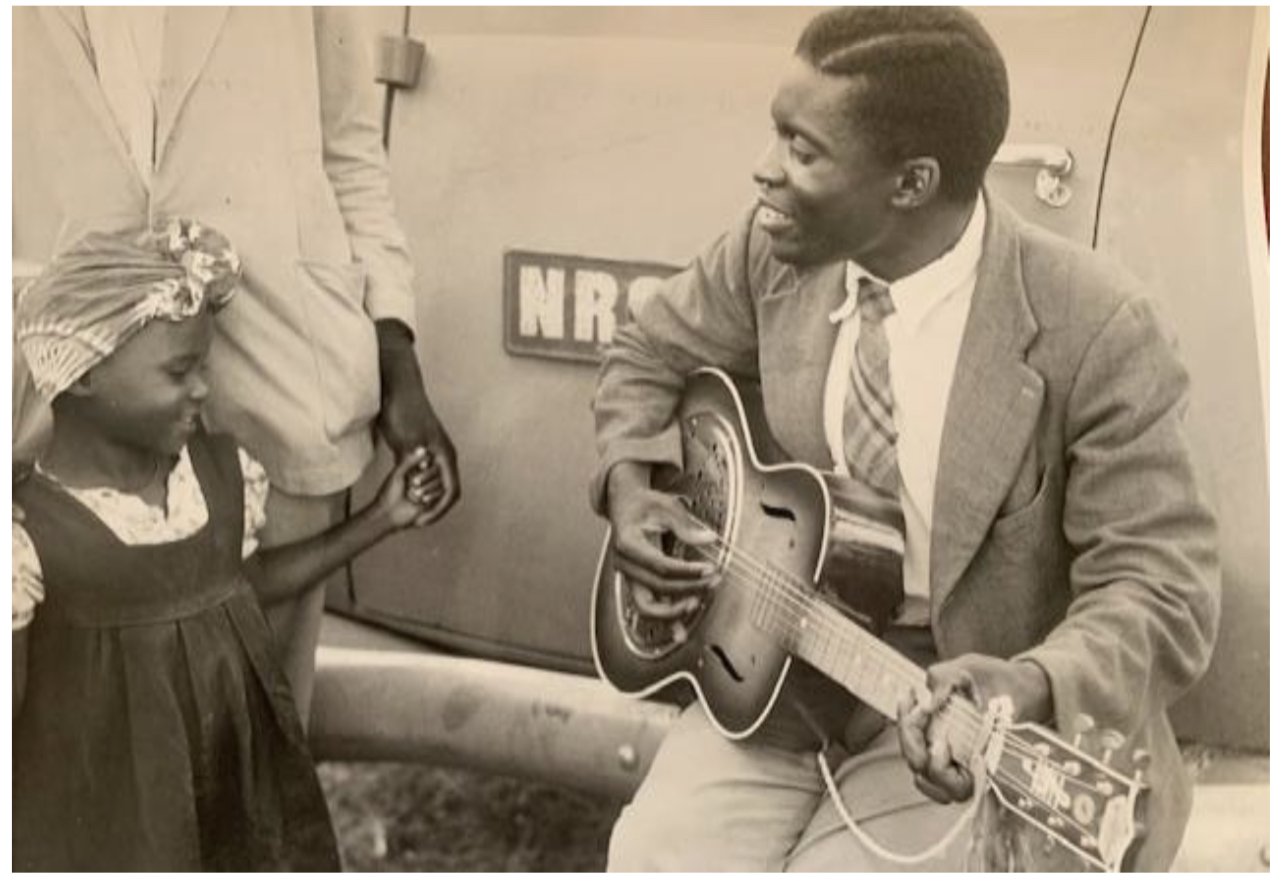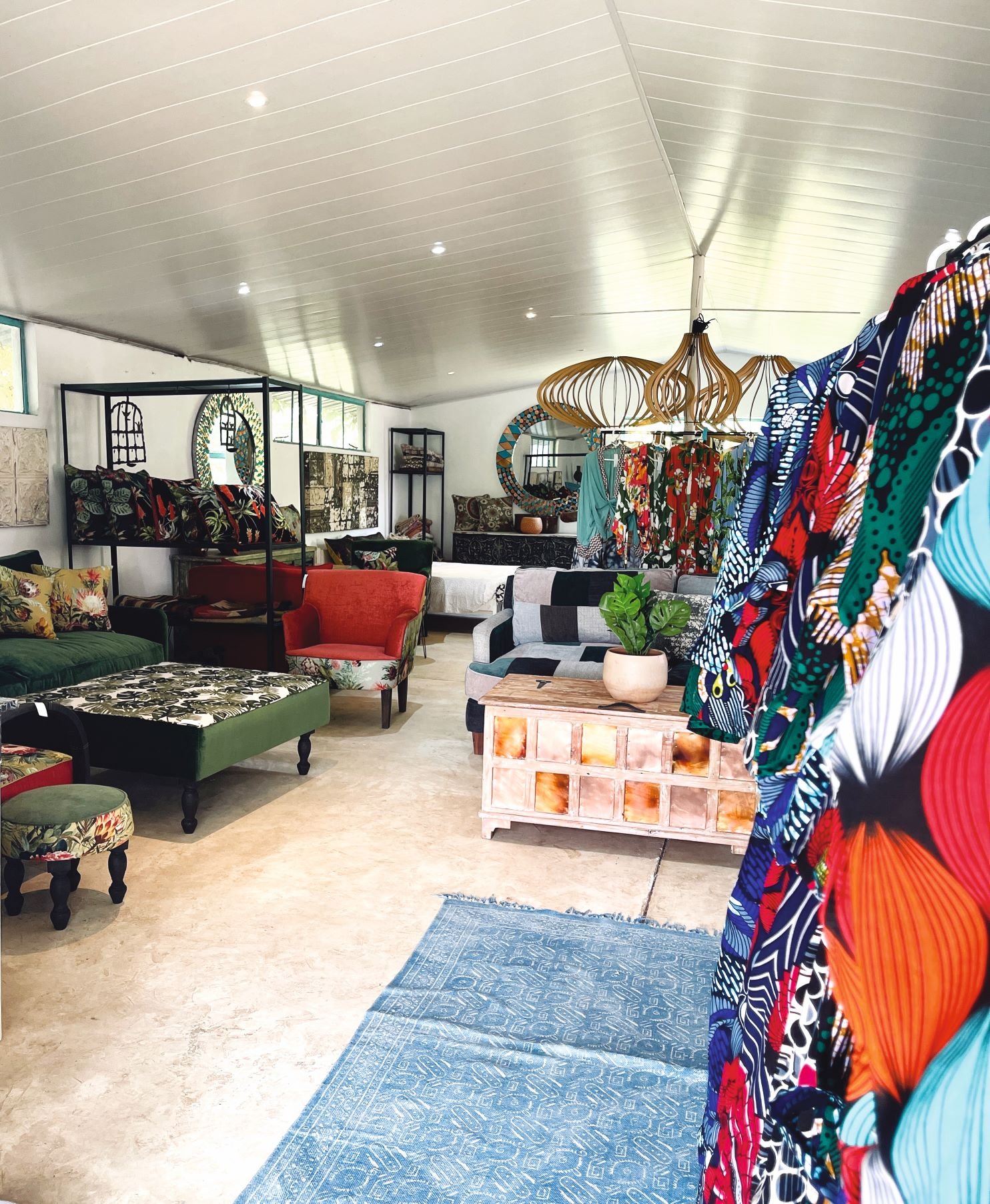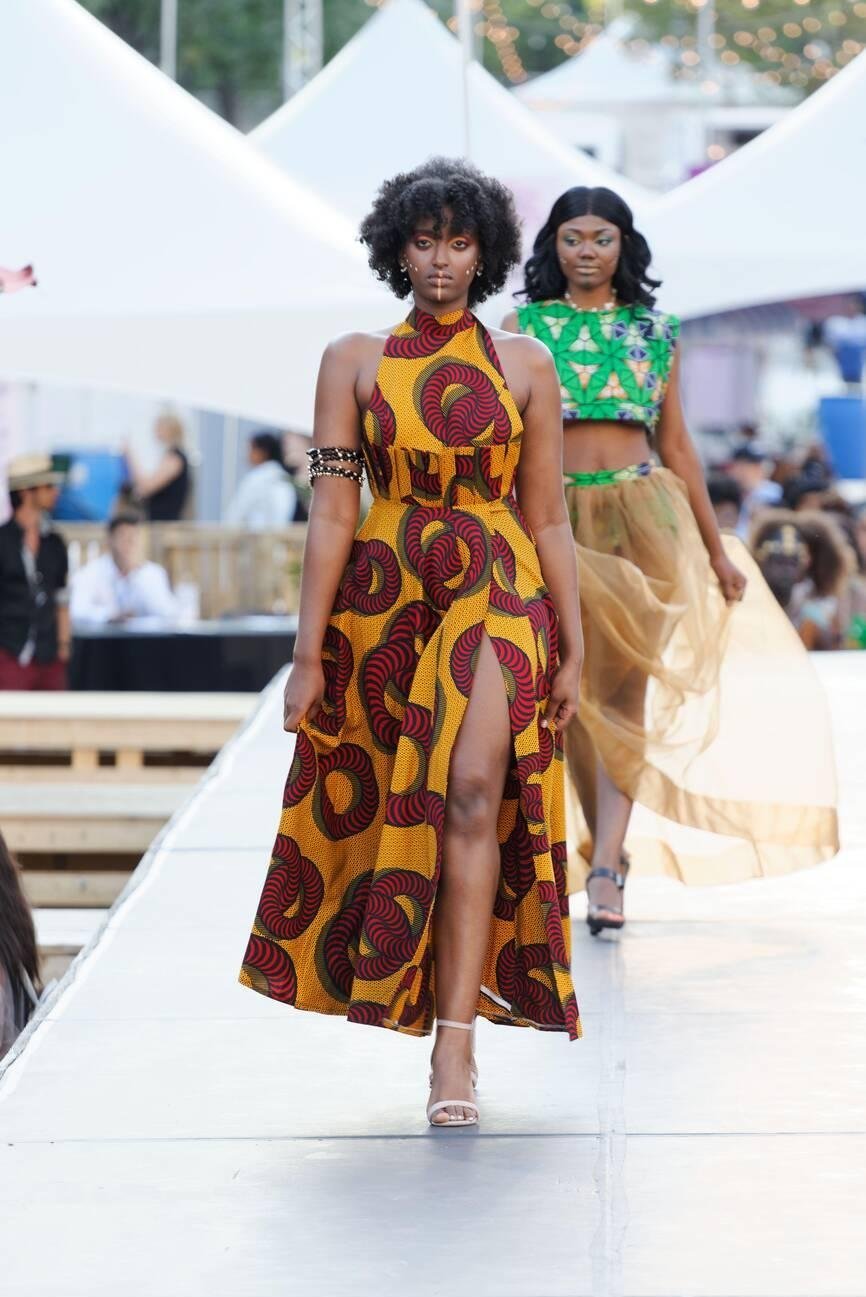Kabwata is known for a lot of things. The plethora of salons, the fitment center, which seems to be the most relied upon landmark (almost everyone who has given me directions has said “somewhere near Burma Fitment Centre”), the colorful high-rise flats, of course, and Kabwata Market as well. What you may not know, however, is that next to all these places lies a rich and beautiful repository of Zambia’s cultural heritage.

From the near-perfect grass thatched huts to the variety of artists from all over Zambia to the beautifully crafted pieces, this hidden gem clearly stands out from the rest of the neighborhood it occupies. It has its roots in the colonial era, going as far back as 1930. The structures were built by the British and occupied by Zambian workers during the colonial period. These were typically men who had traveled to Lusaka for work and had left their families back in their hometowns and villages. In 1974, a decade after Zambia gained independence from the British, President Kenneth Kaunda had the structures preserved, and the site was declared a national monument. Thus, Kabwata Cultural Village was born. Its mission? To serve as a shared space for artists to showcase and market their work. It was also created to preserve and proudly display Zambian culture with artists from all ten provinces of Zambia. At the time it was opened, deliberate efforts were made to ensure all Zambian provinces were represented among the artisans, and this remains the case today.
Over time, the artists have learned from each other and developed skills collectively, learning techniques from different cultures across the country. This speaks to the power of community and how much further we can go when united. I am reminded of the mantra popularised by President Kaunda, “Tiyende pamodzi ndim’tima umo – Let us go as one, with one heart”.

Kabwata Cultural Village offers the ultimate curio shopping experience in Lusaka. It has an excellent selection of Afrocentric crafts, art, fabrics, clothing, jewelry, traditional masks, and musical instruments. Items are relatively affordable, and to top it all off, you can interact with the artisans as they craft many of their goods on-site. You can even request customized items made to your preferred specifications.
When I first walked into the village, I didn’t know what to expect. The first thing I noticed was the drums and outfits made from animal fur and skins like those worn during the Nc’wala ceremony, a thanksgiving festival of the Ngoni-speaking people. This brought back fond memories of my grandfather, a proud Ngoni man.
I continued down the path and saw the huts all facing each other in a circular formation. The warm and friendly smiles, coupled with the enthusiastic greetings, felt almost otherworldly. I later learned that the placement of the huts was done deliberately to encourage unity and openness among the different artists. It’s a nod to transparency and working together as a community.
I made my way, one hut at a time, trying to soak everything in. At first, it was almost overwhelming as there was so much to see. All the pieces seemed carefully thought out and well executed. The intricate details of what I saw were, dare I say, perfection.
I learned that some intricately crafted pieces were made from precious materials like copper and crystals and others from unusual ones such as bone. Almost all the pieces are handmade. Unsurprisingly, with technological advancements, artisans have begun to use machines to create and polish various crafts. They continue to evolve in their technique but remain true to their roots.

If you enjoy cooking like me, you’ll appreciate the wonderfully crafted cooking tools like wooden spoons, mortars and pestles, forks and chopping boards. I fell in love with a beautiful mortar and pestle made of white wood and handmade aprons woven from different pieces of traditional fabric (chitenge). Then there was the stunning art. From the sculptures to the oil paint on canvas, browsing through them all was therapeutic for me, it had a calming effect after a stressful week.
Further down the path are more huts and other structures that house the artists and their families. I was told they pay a minimal monthly fee to live within the village, allowing the artists some breathing room to focus on their art and put something on the table for their families.

The village is also home to a Tigwilizane Restaurant that serves up local cuisine, including nshima (of course) and various local, seasonal vegetables and meat dishes. You can take a break from browsing curios and sample traditional delicacies such as visashi (leafy greens in peanut sauce), game meat, village chicken (organic chicken), and vinkubala (caterpillars) in the relaxed and airy restaurant. Occasionally restaurant patrons are entertained by performances by traditional dancers.

Whether you’re into fashion, music, food, jewelry or art, this place has something for everyone. The next time you’re looking to get someone a gift, go souvenir shopping, or maybe need to unwind, check out Kabwata Cultural Village, the hidden gem. Whether you’re a local or a tourist, Kabwata Cultural Village is worth visiting. During my visit, I spoke to a committee member dedicated to promoting the welfare of the artisans. He shared the hope that one day the cultural village will become a bucket list item for locals.

Fast facts
- Kabwata Cultural Village is managed by the Kabwata Visual Arts and Cultural Association and was opened in 1974 on a site that previously housed workers in the 1930s and 40s.
- The cultural village was declared a national monument by the administration of Zambia’s first president, Dr. Kenneth Kaunda.
- Artisans across Zambia produce and sell their wares on-site, with some living there.
- Since its establishment, the Kabwata Cultural Village has always had artisans from every province of Zambia.
- Kabwata Cultural Village is the best place in Lusaka to buy curios and souvenirs, and you can buy direct from the people who make them.
- Located along Burma Road in the Kabwata neighborhood, the cultural village is centrally located, not far from the CBD.
- The cultural village is open daily from 8 am to 6 pm.
Tips for a great experience
- Cash is the preferred mode of payment; make sure you have enough on you.
- Be prepared to negotiate.
- There’s so much merchandise to browse through; take your time to enjoy the experience and pick the right pieces for you or your loved ones.
- Speak to the artisans and ask questions about their pieces (materials, creative process, etc.)
Images by Kalichi Pictures

